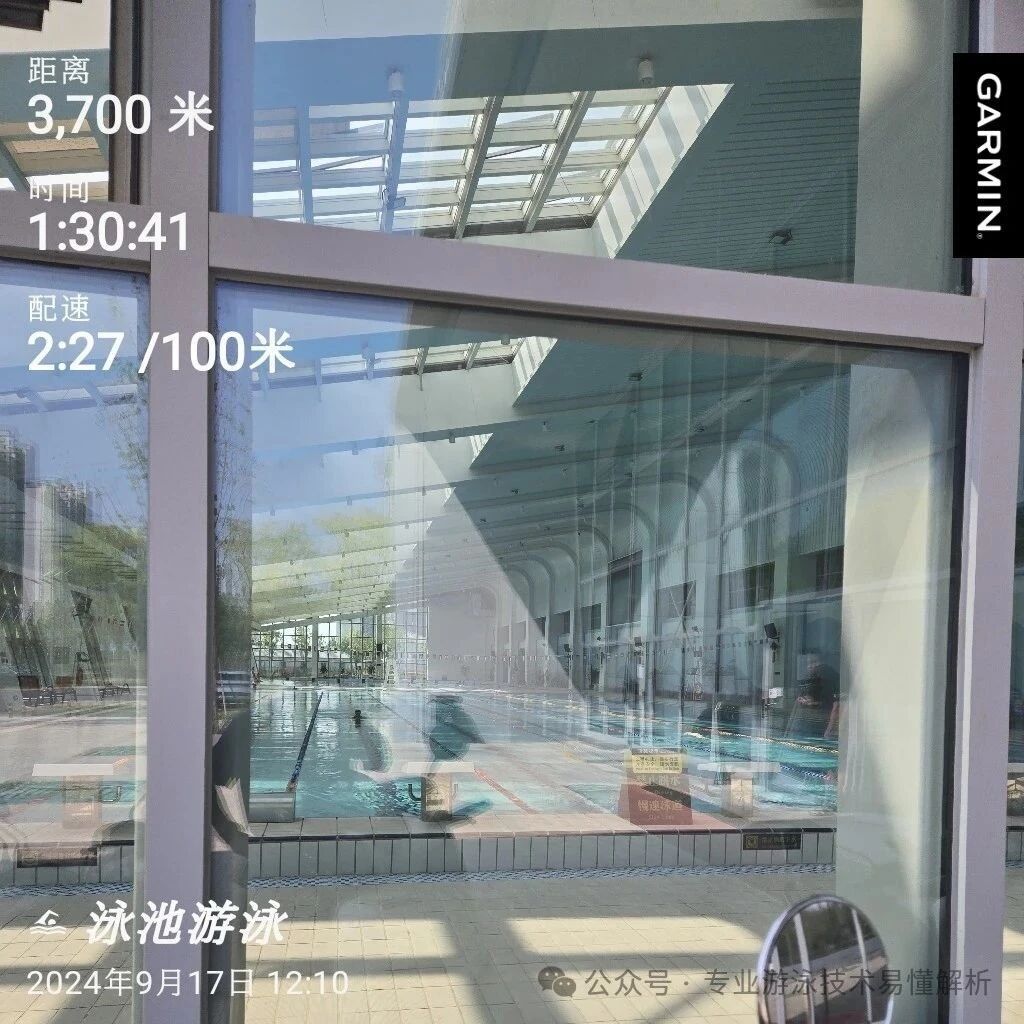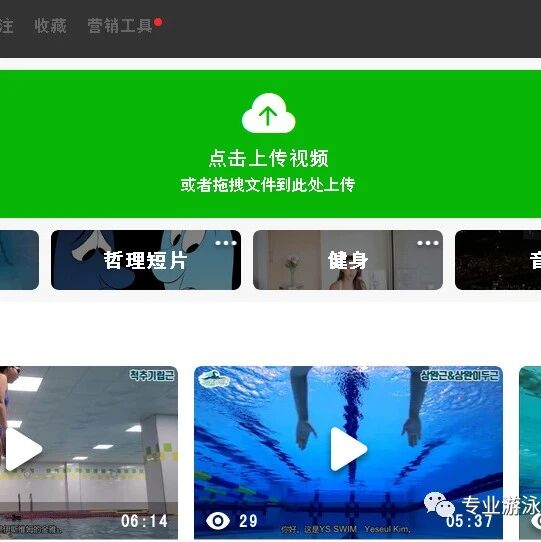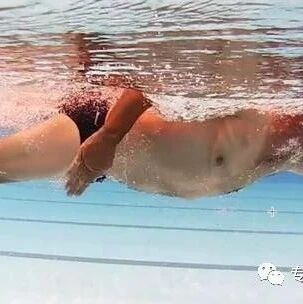Detailed analysis of the full-immersion swimming concept, helping you truly master the techniques and principles of this unique swimming style.
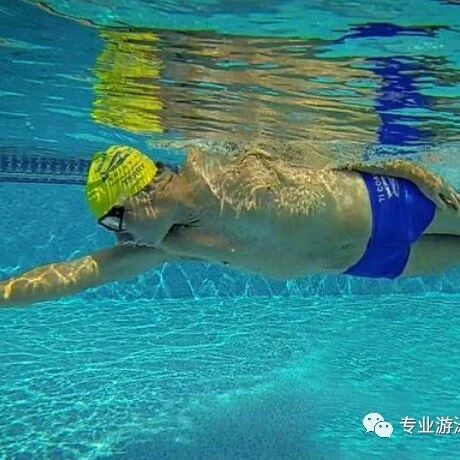
The principle of the full-body immersion swimming philosophy is to swim gracefully and efficiently—moving through the water as effortlessly as a fish, without creating any disturbance or making a sound. Achieving this goal requires precise coordination of the body’s movements. Take the freestyle stroke as an example: the arm pull and two-beat kick have become iconic, inspiring countless swimmers to learn and emulate them. Yet, at its core, full-body immersion swimming emphasizes flowing with the water’s natural momentum, moving organically and intuitively—hence the concept of gravity-driven weight transfer, where the swimmer avoids forcing the water apart and instead relies on the body’s inherent motion to glide forward smoothly.
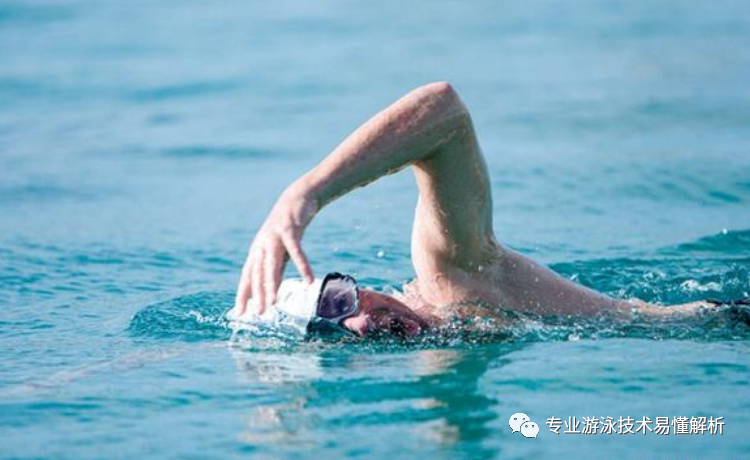
A retired competitive freestyle swimmer friend, upon first observing full-body immersion swimming, remarked, "This seems pretty simple—doesn’t it? All I have to do is relax and let myself glide through the water." Indeed, he managed to execute a two-beat kick, though his arm movements still carried traces of the more forceful, athletic style. Yet when he deliberately lifted his elbows during the arm recovery, the motion already looked quite polished. Nearby swimmers couldn’t help but ask: "Is *this* what full-body immersion swimming is all about?"
I turned to my friend and asked, "Did you feel like you were ‘descending’—like you were gliding effortlessly downhill?" Or perhaps, "Did it give you that same relaxed, almost leisurely sensation as if you were taking a stroll?" But his answers were clear: "No, not at all."
So here’s the bottom line: this isn’t full-body immersion swimming—it’s merely competitive swimming slowed down, with deliberately elongated, less dynamic strokes.
Returning to immersive swimming instruction, here are seven key points you need to understand.
1. Apart from your core strength, every other part of your body should remain completely relaxed.
Whether you're performing a basic sideways glide or executing a smooth dolphin kick transition, always keep your core muscles engaged and toned—yet ensure that your limbs remain relaxed. Avoid exerting unnecessary force when stroking or kicking; instead, let your movements flow naturally and effortlessly. While this technique may not feel particularly beneficial over short distances, its advantages become increasingly apparent as the swim lengthens.
2. Don’t rush into practicing the two-beat arm recovery; the key is to smoothly enter the water with your arm movement.
While the two-beat arm stroke is a signature image, it can also easily mislead beginners. In fact, the two-beat technique isn’t exclusive to full-body immersion swimming. The reason we emphasize it is to help learners better grasp the fundamental principle of swimming by engaging the entire body. Instead, mastering arm recovery and entry into the water is key to getting started with full-body immersion swimming. When practicing side drifting or progressing through side drifts, focus on sensing exactly where your arms begin and end their recovery motion, as well as how deeply, precisely, and steadily your arms enter the water afterward.
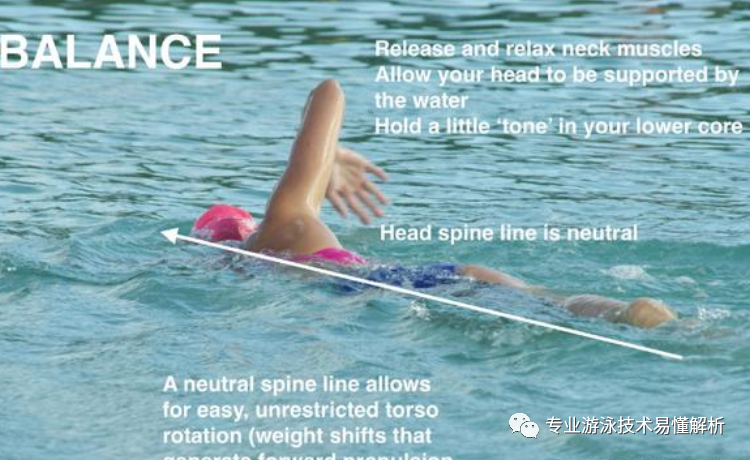
3. Misunderstandings About the Meaning of Swimming Using Physical Strength
Many people, when they see swimming tutorials mentioning or hear swimming coaches say things like “swimming requires body strength” or “swimming is a full-body workout,” immediately assume it means coordinating all parts of the body during the swim. While this interpretation isn’t entirely wrong, it misses the real point altogether. After all, which sport doesn’t rely on seamless coordination across the entire body? If we’re not specifically talking about swimming, what else could this statement possibly mean?
4. The essence of movement is the shifting of the center of gravity.
When people walk or run, they don’t deliberately push down hard against the ground; instead, they use their back foot as a fulcrum, lift the front foot, and naturally shift their weight forward with each step—causing the body to move ahead effortlessly. Based on this observation, kinesiology experts have proposed the theory that "the essence of movement lies in the transfer of the center of gravity." Building on this principle, a world-renowned long-distance running champion has adopted the "postural running technique," viewing the entire act of long-distance running as nothing more than a seamless process of "gravitational shifting."
The so-called "gravity transfer" refers to a technique where one side of the body serves as the supporting point, while the other side shifts the body's center of gravity forward. Under the influence of the body's own gravitational force, the center of gravity moves ahead, effectively turning the original support point into the new center of gravity. In essence, the full-body immersion swimming technique can be seen as a practical application of the "center-of-gravity transfer" principle in the context of swimming.
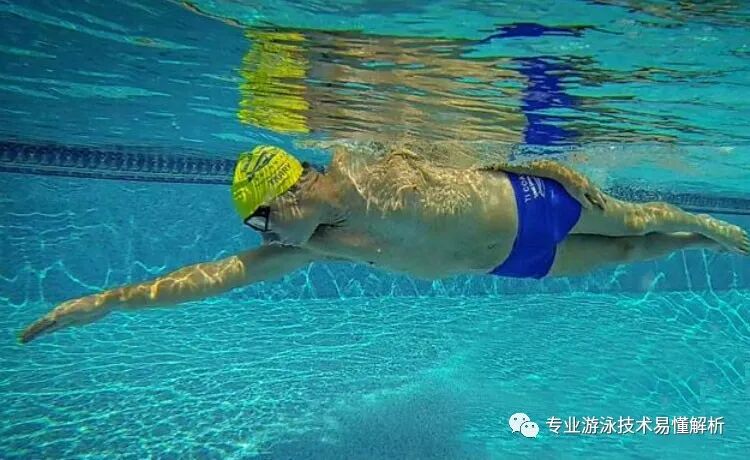
5. When practicing the full-body immersion freestyle, imagine yourself as a roast duck.
Let me emphasize again: apart from engaging your core, your limbs should appear limp and lifeless. This allows your body to maintain a straight, rigid posture more easily. Often, prematurely relying on arm or leg strength can actually hinder the effective use of your core, robbing you of the chance to fully refine your swimming technique—and worse, turning swimming into a tedious competition focused solely on raw arm power.
When you initiate the recovery phase, let your arm go completely relaxed; this allows gravity to take full advantage of its pull. As your arm moves overhead, you’ll feel it naturally "dropping" toward the water. At that moment, kick powerfully with the opposite leg to accelerate your body’s rotation. With the core muscles engaged, this coordinated motion generates a powerful forward propulsion.
Your body will naturally rotate around its central axis—much like a perfectly roasted duck resting on a spit, gently tilting under the influence of gravity as it cooks evenly on all sides.
6. Pushing the water is simply going with the flow—don’t apply force.
The arm movement creates a shift in the body's center of gravity, which is further enhanced by the kicking action of the legs. As this transfer nears completion, the arm naturally sweeps backward with the elbow high above the water—resulting in a smooth, seamless sequence throughout the entire motion. Throughout this process: the forward-reaching arm remains firmly stable as a supporting point, while the moving arm leverages gravity to help shift the body’s center of gravity forward. At the same time, the sweeping arm continues its stroke effortlessly in harmony with the rest of the movement.
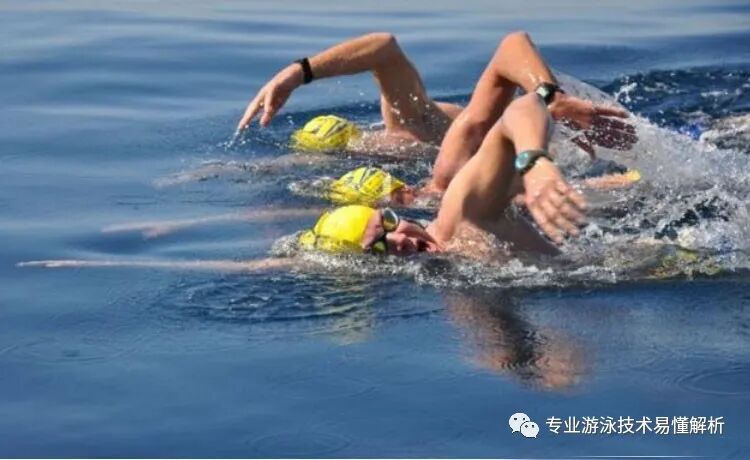
7. Directions for Advancing Fully Immersive Swimming
Further improvement requires consistently identifying the optimal timing for shifting your center of balance—specifically, transitioning the leg kick from being driven primarily by the legs to engaging the hips, and eventually relying on core power. As the coordination between the leg kick and gravity-driven movements becomes even more seamless, your overall immersion-style swimming speed will continue to accelerate.
Think of your legs as arms and your feet as hands—imagine the motion of swinging a badminton racket: you pivot, engage your core, and transfer power through your arm to your wrist, continuously rotating and accelerating until, at the very end, the force bursts forth in a powerful swing. Similarly, the most effective leg action in kicking resembles this exact sequence: your body twists sideways, your core generates force, and that energy travels down your legs, culminating at your ankles. As your foot completes its rotation and accelerates toward the water’s surface, the force finally explodes into a crisp, propulsive kick—resulting in a perfectly executed whip-like leg movement.
